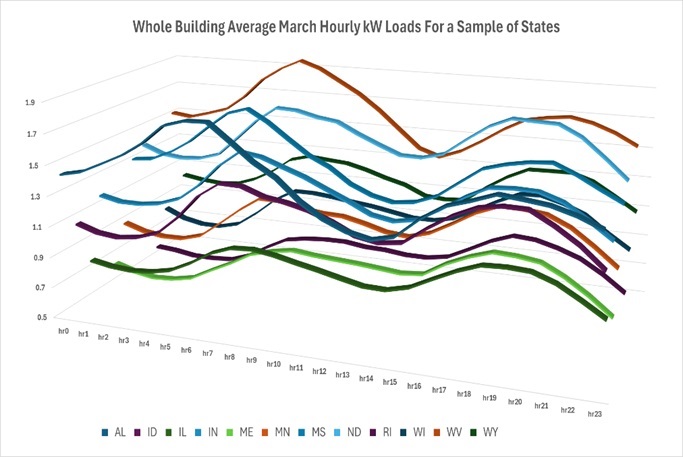MAISY® Utility Customer Databases, Forecasting & Analysis Models |
Energy Customer Data Resources for Electric Utilities and Technology Companies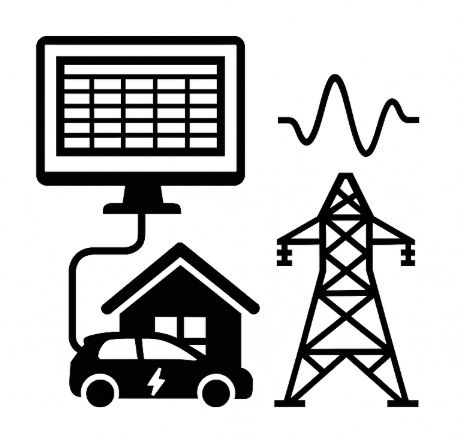
|
||||||
Grid Impact Models Identify Grid Threats and Potential DSM, DER, VPP Solutions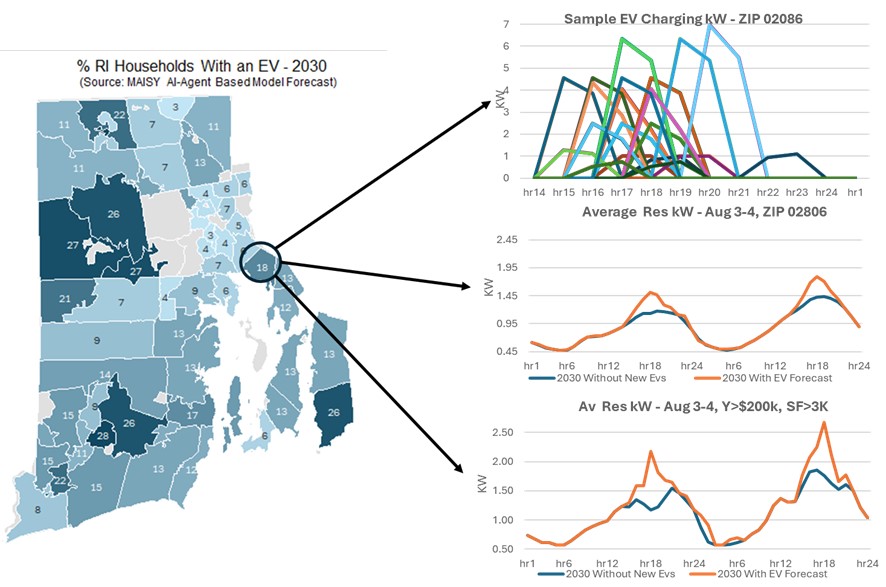 The Excel-based
Grid Impact Model (GIM)
applies MAISY® utility
customer data, AI and digital twin analysis
to simulate real-world localized grid behavior.
With intuitive tools for scenario testing, flexible inputs, and real-time
visualization, the model makes complex hourly load modeling both accessible and actionable.
The Excel-based
Grid Impact Model (GIM)
applies MAISY® utility
customer data, AI and digital twin analysis
to simulate real-world localized grid behavior.
With intuitive tools for scenario testing, flexible inputs, and real-time
visualization, the model makes complex hourly load modeling both accessible and actionable.
A quick intro is provided by the following video and online presentations viewer:
The Grid Impact Model is the third generation in Jackson Associates energy forecasting and analysis models. The Smart Grid Investment Model was developed and implemented for two dozen, implemented for two dozen electric utilities, was developed to provide business case analysis of AMI and related smart grid investments while CEDMS and REDMS agent-based models have provided end-use electricity use and DSM analysis for more than forty electric utility, power pool, state, and federal government clients. ... The SRGC AI Digital Twin Model A critical new imperative for many utilities is forecasting the upsurge in small-area grid loads caused by rapidly growing EV ownership, electrification and weather extremes. Unanticipated grid overloading can cause low voltage, flickering lights, reduced transformer lifetimes and even blown transformers, not to mention customer complaints/ dissatisfaction. Forecasting these neighborhood-level loads requires an entirely new set of tools. Digital twin modeling, a new forecasting technology that is increasingly being used to model and analyze electric utility distribution equipment, is a perfect application to forecast these small areas grid threats. Digital twin modeling applies information on actual utility customers identifying new grid load impacts, and results of load-shifting utility programs. Models are updated periodically to refine customer ownership, loads and utility program model relationships based on actual household information. MAISY Energy Use and Hourly Load Residential Databases, consisting of more than 7+ million actual individual utility customers across the US, provide the perfect foundation for digital twin modeling. Information for each customer includes hourly electricity use by end-use (space heating, water heating, etc.), dwelling unit data, EV ownership, commuting schedules, income, and a variety of other socio-economic variables. The Grid Impact Model (GIM) extracts utility customer records for customers residing in a specific utility service area for its digital twins. Changes in customer loads resulting from increased EV ownership, increased electric appliances, weather extremes, population growth price and utility program are forecast to determine impacts on local area transformers and feeders. The digital twins reflect a statistically valid sample of actual utility customers within local areas, providing a low-cost alternative to collecting information on every customer in the service area. Problem areas exposed in GIM scenario analysis can be further evaluated with potential load-shifting programs represented in the GIM, with on-the-ground assessments, or with detailed transformer/feeder load flow models. Grid Impact Models Page |
||||||
MAISY Residential Utility Customer Databases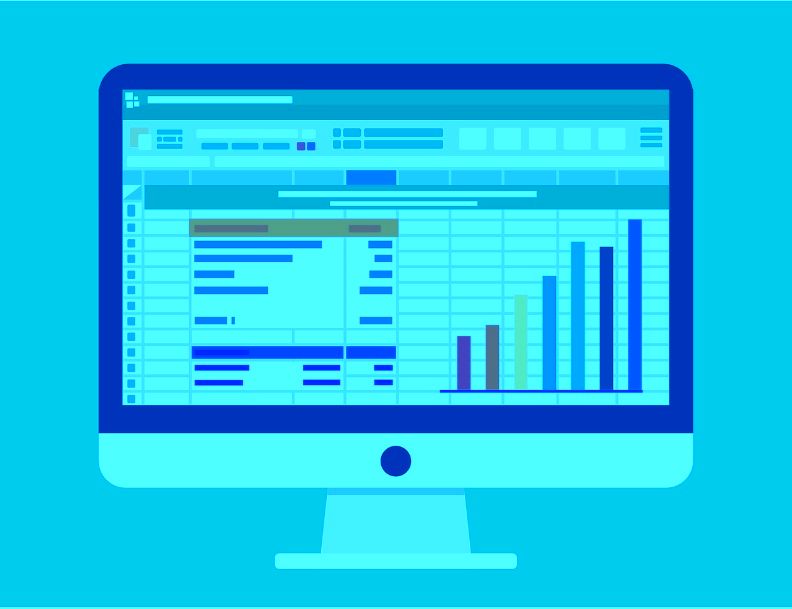
|
||||||
Let Us Help Define Your Data Needs Not sure exactly what data items you need, or which
data items are best for the project at
hand? Need some summary data or specific analysis results?
Not sure exactly what data items you need, or which
data items are best for the project at
hand? Need some summary data or specific analysis results?
Let us help! – just e-mail us with your questions and/or suggest a time to discuss. We provide free consultations to help identify the most useful data/analysis for your application. We also provide free telephone support to assist with client data applications after data delivery. | ||||||
MAISY Energy and Load Forecasting Models MAISY energy models and forecasts
have powered energy applications
for decades. MAISY
clients
include fortune 100 companies, start-ups, electric utilities,
US, state energy agencies and more.
MAISY energy models and forecasts
have powered energy applications
for decades. MAISY
clients
include fortune 100 companies, start-ups, electric utilities,
US, state energy agencies and more.
MAISY AI agent-based models provide forecasts and analysis for geographic areas ranging from ZIP codes to utility service areas to states. Model output can also provide detailed household record data for users who want to drill down on specific issues. ...
|
||||||
Jackson Associates Provides Industry-Leading Data, Models and Analysis Why trust Jackson Associates (JA) to help with your forecasting, analysis and data needs? The internet is filled with sites
offering all kinds of information, often of dubious quality - consider the following:
Why trust Jackson Associates (JA) to help with your forecasting, analysis and data needs? The internet is filled with sites
offering all kinds of information, often of dubious quality - consider the following:
|
||||||
Sample MAISY Clients

|

|

|

|

|

|
||

|

|

|
|
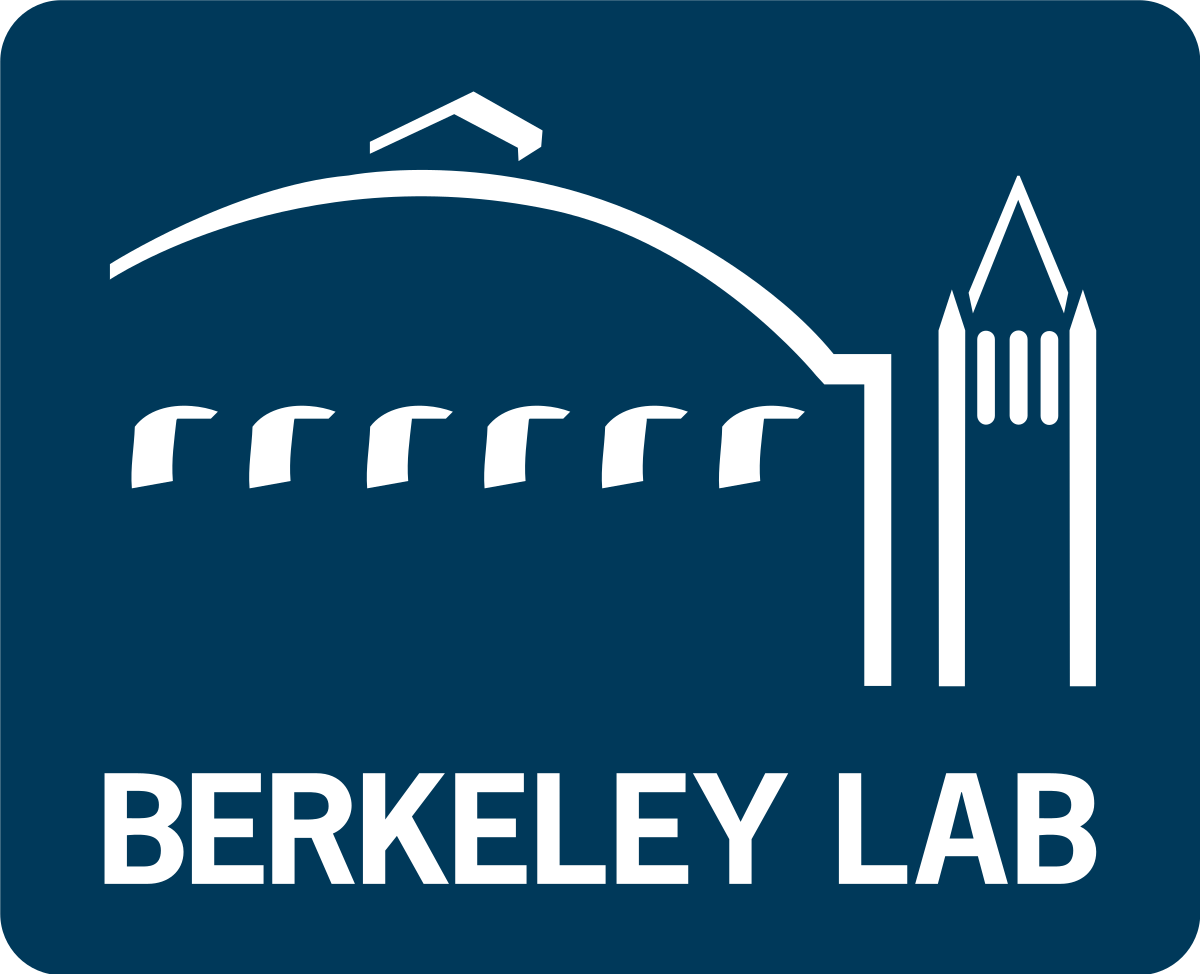
|

|
||

|

|

|

|
|

|
||

|
|
|
|
|
|
||

|

|

|

|

|

|
||

|

|

|

|

|

|
||
| |
|||||||
| |
|||||||

